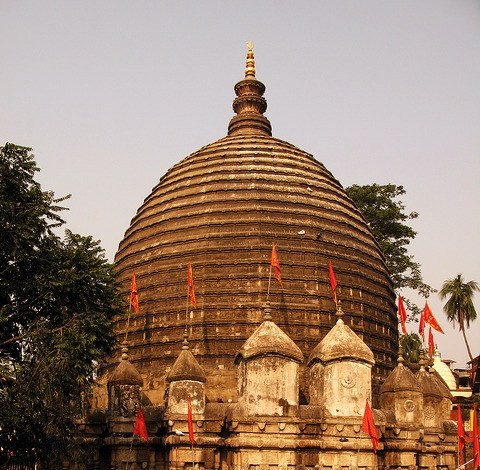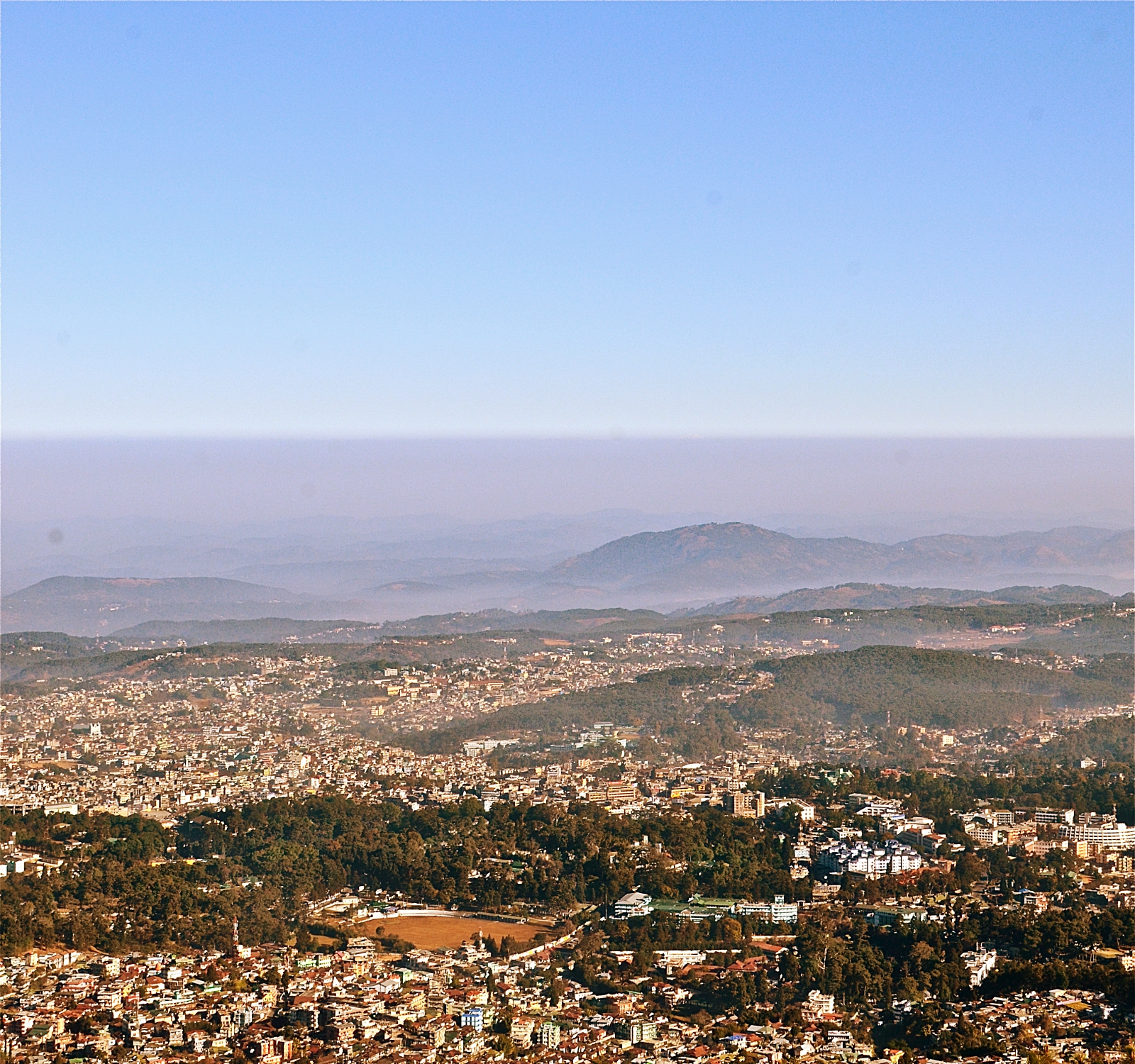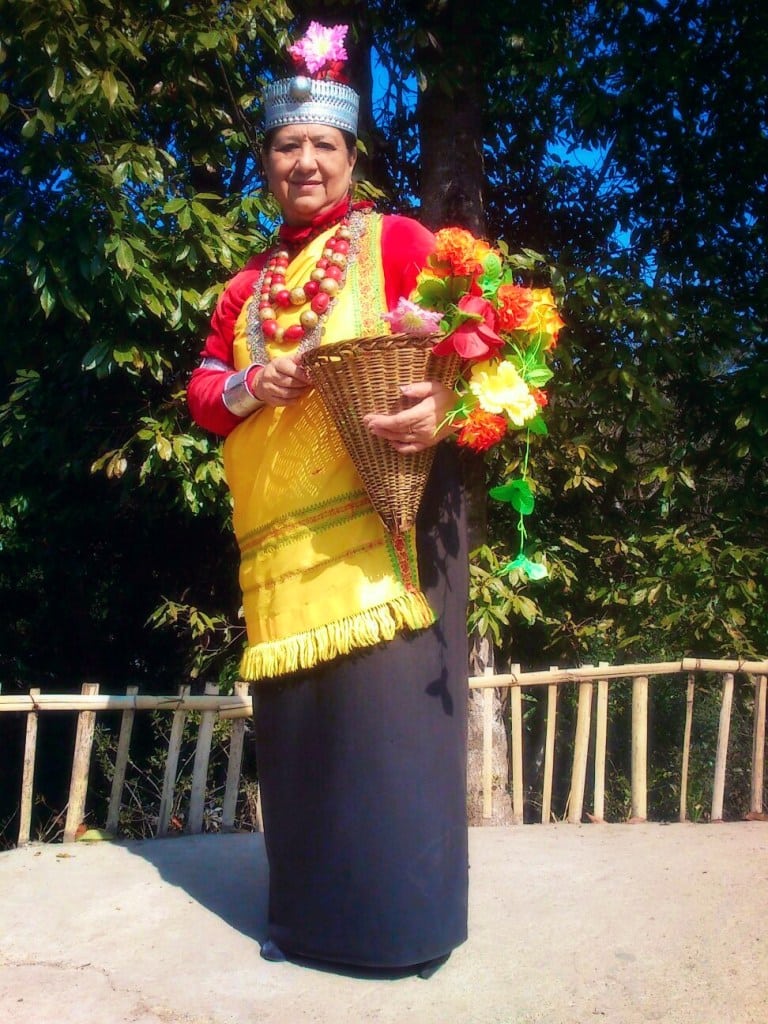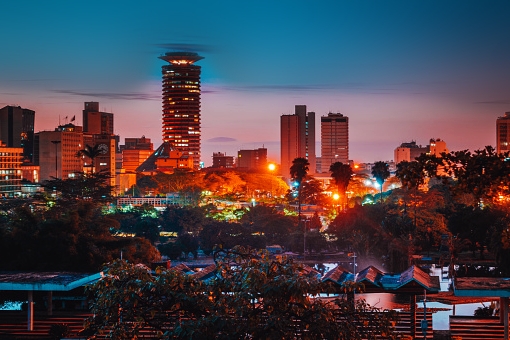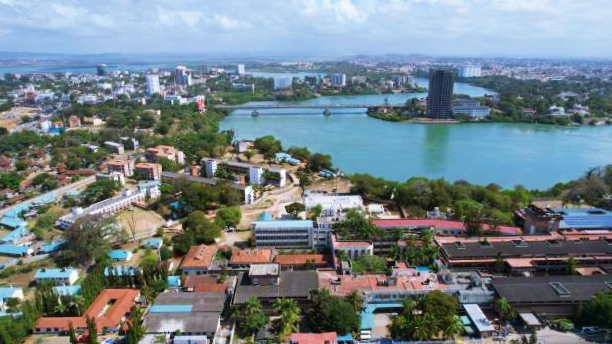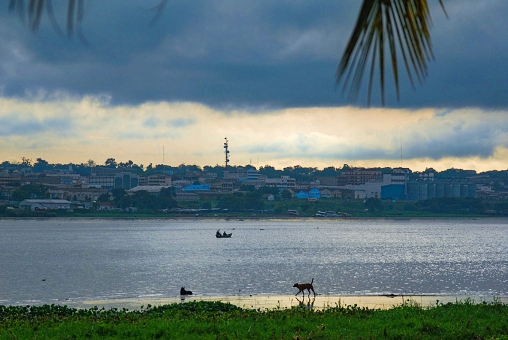The moment you step into Singapore, its dazzling skyline greets you with towering skyscrapers that seem to pierce the clouds.
During my journey through what many lovingly refer to as the “Scotland of the East,” I immersed myself not only
Nestled in the northeastern part of India and cradled within a stunning mountainous range, Shillong, the capital of Meghalaya, feels
By the time we finally arrived in Shillong from Kanchanjuri, I was both exhausted and ravenous. The six-hour journey to
North East India is a captivating blend of cultural diversity, where the landscape mirrors its rich traditions with unmatched enthusiasm.
Europe is unique. A melting pot of different cultures, languages and even climates all within a relatively small spot. Europe
Nakuru, located in the Rift Valley of Kenya, is a vibrant city offering a multitude of activities for locals and
Kenya is home to a wide variety of unique and delicious dishes, perfect for any food lover looking for new
Kenya is an incredibly diverse and beautiful country, with a myriad of activities to explore. From the majestic Maasai Mara
Welcome to Kenya, the land of breathtaking beauty and an abundance of diverse attractions. From the capital city of Nairobi,
Nairobi, the capital of Kenya, is a vibrant city full of diverse activities for visitors to explore and experience. From
Coffee is one of my favourite beverages for a variety of reasons, but one of the most important is that
Mombasa is a beautiful coastal city in Kenya that offers endless activities for visitors to enjoy. From exploring Old Town
Kisumu is a city located in western Kenya and is a great destination for travellers looking for adventure. With its



